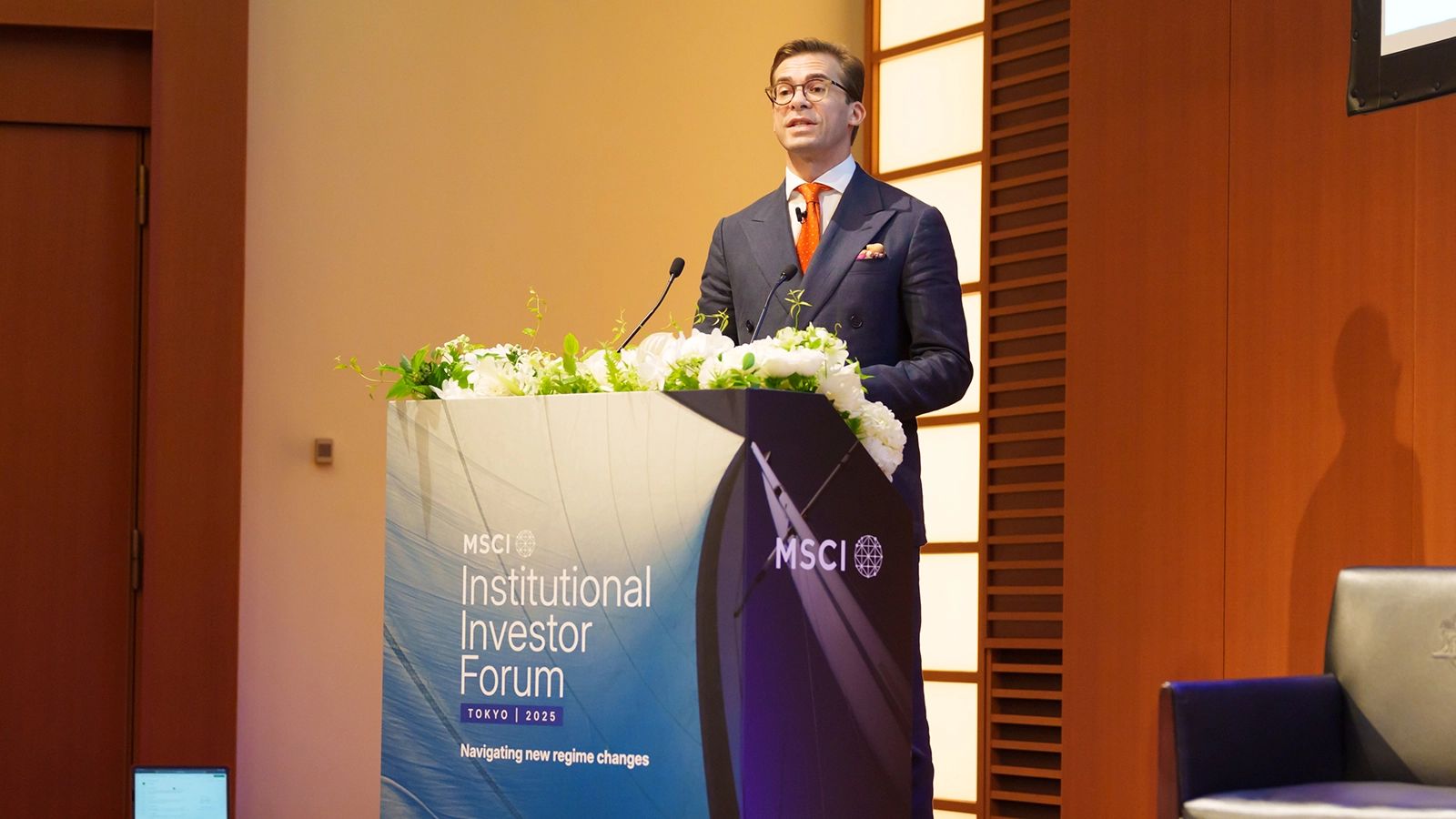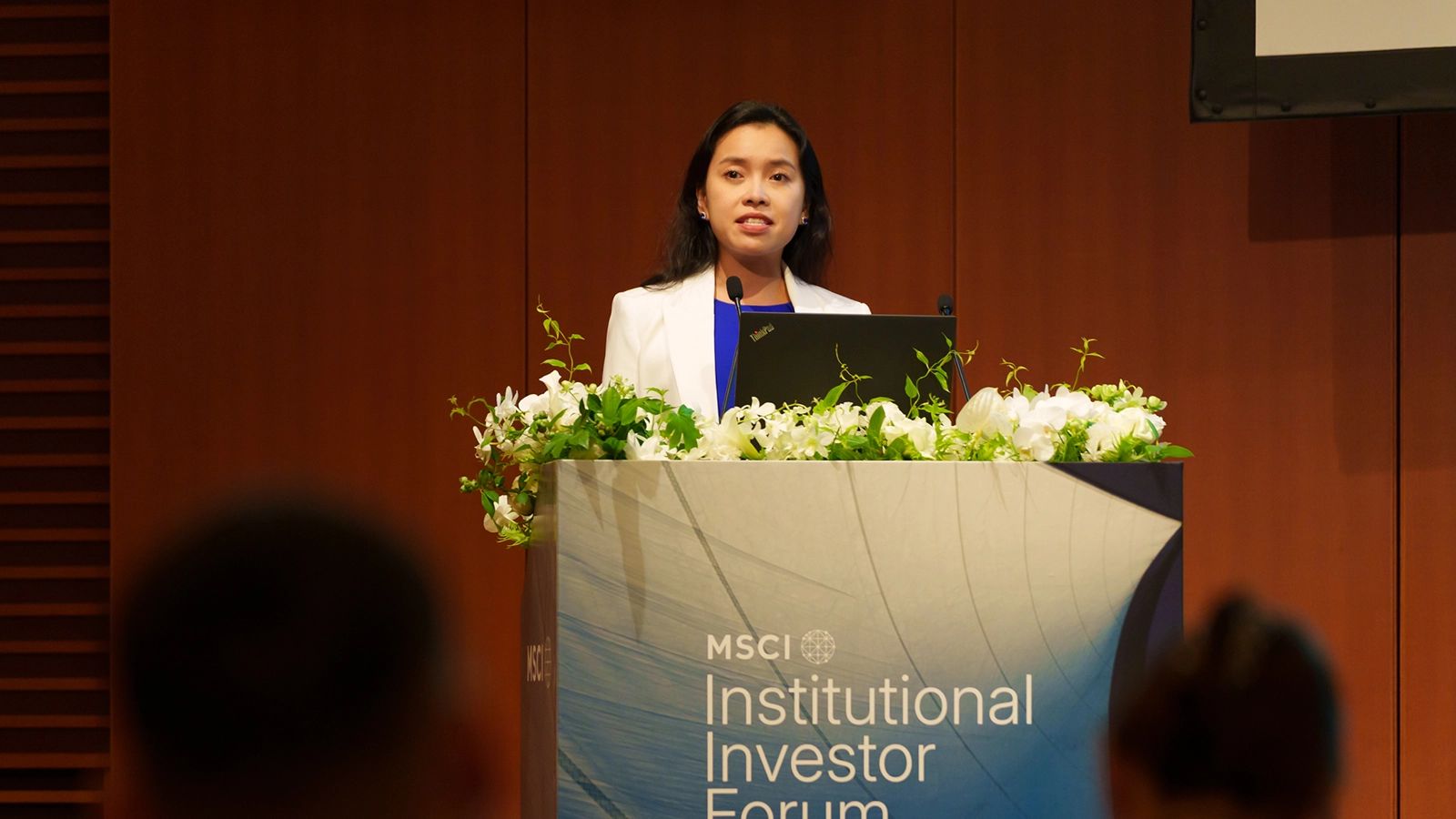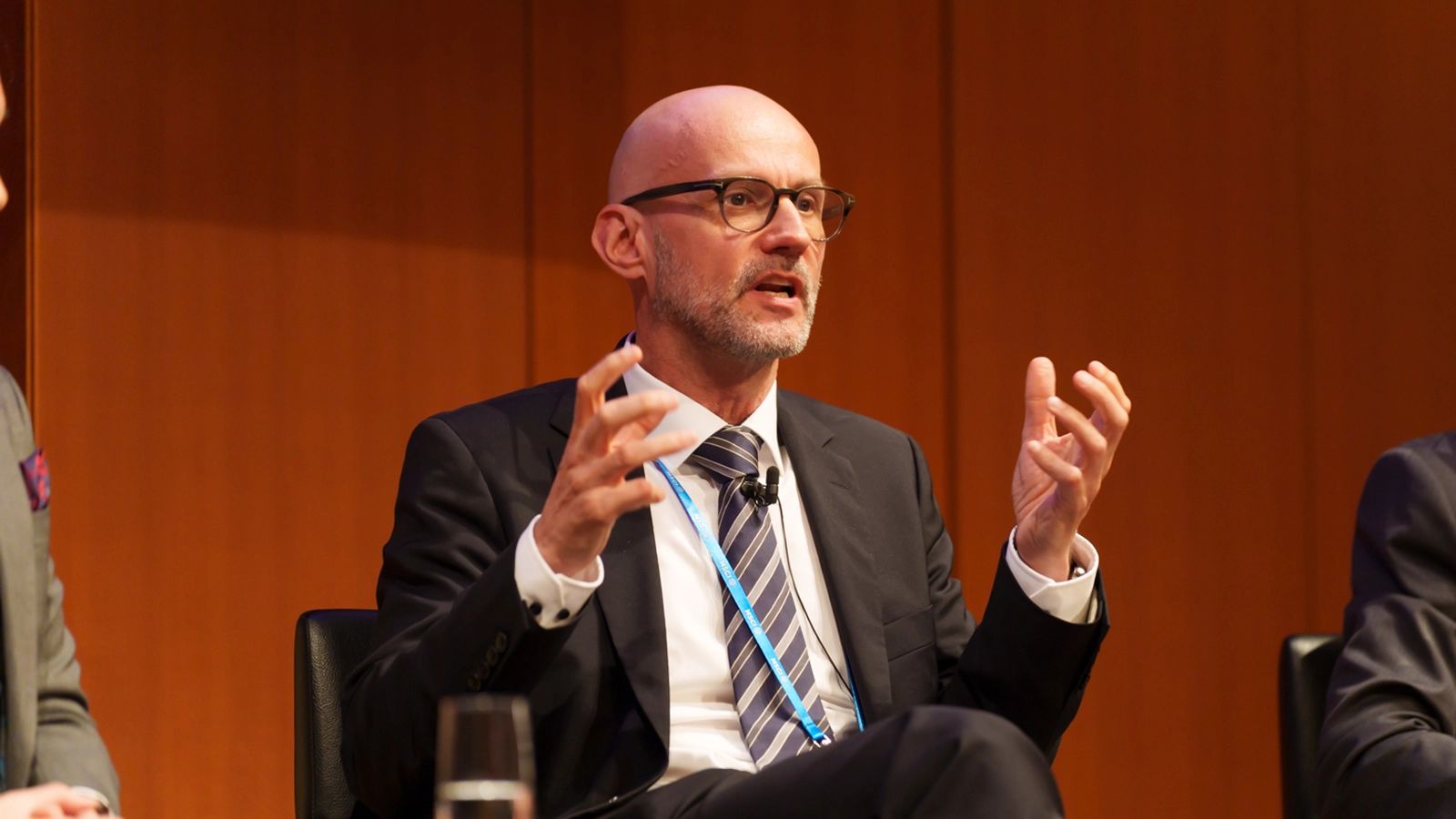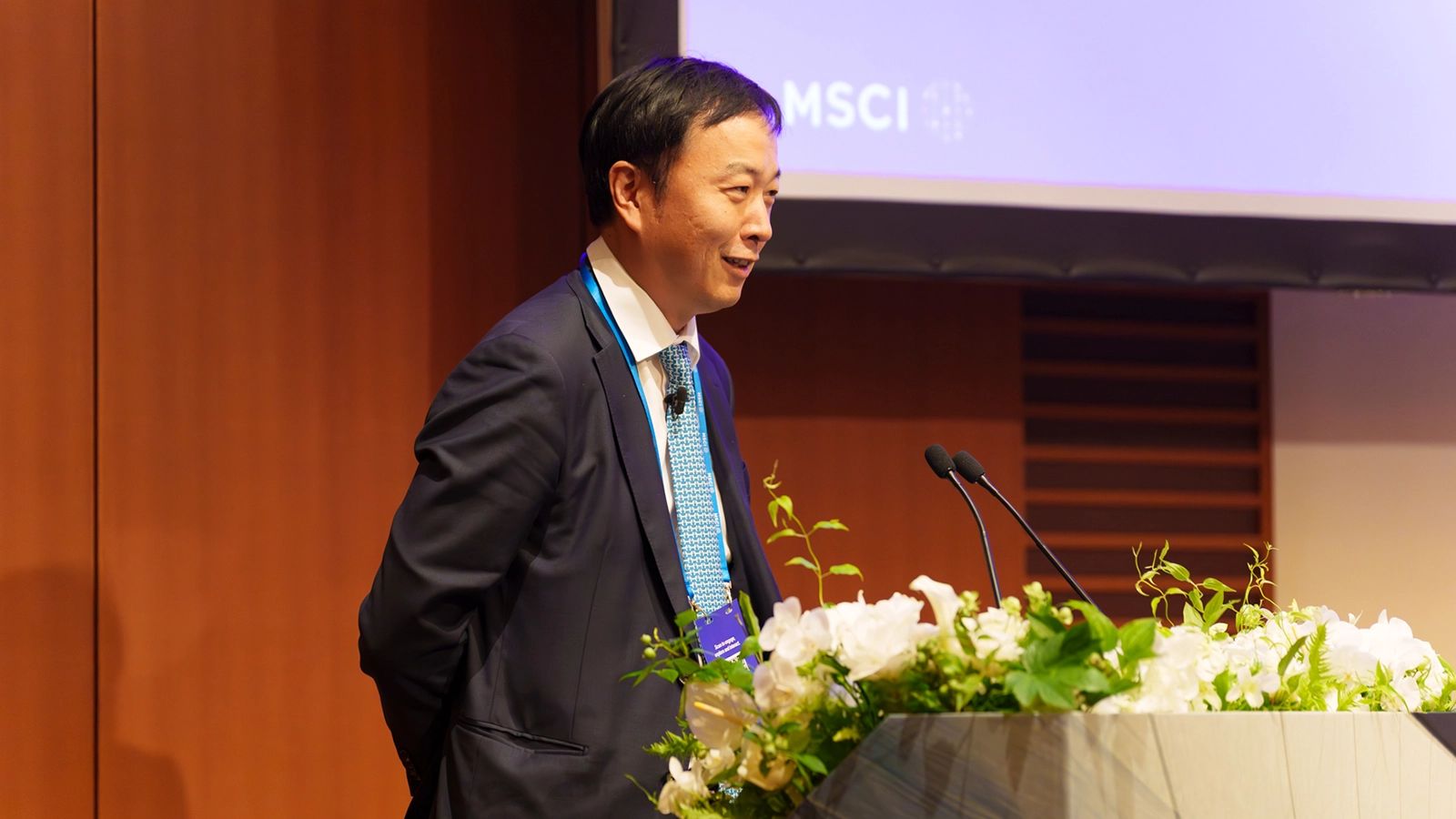APAC Investors Embrace the Total-Portfolio Approach
- At the MSCI APAC Institutional Investor Forum in Tokyo, asset owners and researchers reflected on how a total-portfolio approach (TPA) offers flexibility to manage emerging risks while capturing investment opportunities.
- Governance and internal cultural hurdles to adopting traditional TPA models exist worldwide, however, so APAC investors shared how they’ve reshaped the approach to best suit their investment and risk-management teams.
- Increased interest in private capital also makes the TPA more attractive to investors who are rethinking how they benchmark portfolio performance.
More asset owners across Asia-Pacific are turning to a total-portfolio approach (TPA) to build resilient, opportunity-focused portfolios.
“The traditional model of asset-class silos is increasingly incompatible with today’s interconnected risk and return drivers,” said Oleg Ruban, MSCI’s head of APAC research and development, in opening remarks at the MSCI APAC Institutional Investor Forum in Tokyo on June 19.

His comments were echoed by investment leaders, who shared how a TPA could help them meet emerging investment challenges, such as deepening global divergences, the acceleration of Asia’s energy transition and new private-market dynamics.
The TPA centralizes risk in decision-making by managing assets across a unified, dynamically optimized portfolio, rather than in isolated silos.
“If you're trying to manage all asset classes in isolation, then you're not necessarily aware of the links between them," added Ruban. “The idea of a TPA is that investors should be looking at the role of each investment decision in the context of what that adds to the risk and the return of the overall portfolio.”
Asset owners and representatives from MSCI Research & Development agreed with peers at prior forums in the U.S. and Canada, who said a TPA was increasingly attractive amid greater investment complexity and black-swan risk.
While large asset owners from Australia to Canada have adopted TPAs, they’ve taken widely different approaches to retrofit their organizational structures to achieve a total-portfolio return and unify performance metrics for different sleeves of their portfolios.
APAC allocators said that implementing a TPA is also challenging in their local governance structures, which might require asset-class-based investment teams.
Another major point of agreement between APAC institutional investors in Tokyo and their peers in North America was that evolving organizational culture is the foremost challenge in shifting to a TPA. Investment and risk leaders need to create and constantly reiterate a common purpose and need for teamwork across departments, they explained.
One regional pension-fund manager said purpose, trust and camaraderie have been the pillars of the TPA culture at his firm. To instill these values, the firm created informal communication channels, such as a WhatsApp leadership group, and used internal slogans like, “We look good if you look good,” to build unity.
Progress is iterative, forum-goers agreed, but essential — particularly because private assets are now a larger part of mainstream allocation. The macro environment and the evolving needs of institutional investors are driving increased investment in private equity, private credit and infrastructure as investors seek yield and diversification.
MSCI estimates that, by 2030, roughly one in every six investable dollars will be in private markets.
“This underscores how significant private assets have become in the total-portfolio context,” said Shirleen Ng, MSCI’s head of Asia private-assets client coverage. “That said, increasing exposure to private markets isn’t without challenges, including liquidity management, transparency and regulatory considerations. But at a high level, the message is: Private markets are here to stay as a core part of institutional portfolios, globally and in APAC.”

Ng added that private capital is also at the forefront of funding opportunities created by structural changes, such as technology disruption and the global energy transition. Private-equity and venture funds fuel a lot of innovation, forum speakers said, while private-infrastructure funds finance renewable energy, digital infrastructure and other projects.
MSCI’s head of sustainability and climate investment-solutions research, Guido Giese, spoke with investors about how climate change impacts their holdings in private and public markets alike. These allocators emphasized that they are moving beyond “paper decarbonization” and toward real-world impact — and that this change in practice requires better tools for analyzing assets.

“We’re seeing a clear shift toward transition-aware risk modeling and credible transition readiness,” Giese explained. “Asset owners want to know not just who’s aligned with net-zero targets, but who can achieve them profitably.”
In Japan and across APAC, institutional investors are bringing regional nuance to their strategic shifts. MSCI Head of North Asia Client Coverage Ryoya Terasawa closed the forum by reflecting on this convergence.
“The role of artificial intelligence, the climate transition and rising macro volatility — none of these are abstract. They are here now,” he said. “And APAC investors are not just responding. They are leading with clarity and conviction.”

This leadership was evident in discussions around Japan’s evolving approach to climate finance, rising interest in secondaries, increased allocations to private strategies and the growing participation of retail channels. Ng underscored the significance of this evolution.
“Japan’s private markets are cautious but accelerating,” she said. “The combination of strategic intent, forward-looking policy shifts and maturing investor sophistication is driving meaningful momentum.”
MSCI research highlights how more than 50% of global emissions come from APAC — but investments in green mobility and the energy transition have also delivered outsized returns in the region, with 59% of green-mobility funding in 2024 going to Asia.
“Asia is not only where emissions are concentrated,” Giese said. “It’s where many of the solutions are emerging.”
Attendees of the Tokyo event built on another major topic from last year’s North American forums: how artificial intelligence is transforming both the investment opportunity set and internal processes. Participants viewed AI not only as a disruptive technology, but as an enabler of smarter decision-making across their organization.
“AI is reshaping how we interpret data, assess risk and generate insights,” said Terasawa. “Its impact on investment governance and transparency is only beginning.”
In a live poll during the AI and innovation panel, most attendees said that, over the next five years, the biggest AI impact would come from increased operational efficiency, followed closely by advancements in risk forecasting and portfolio construction.
While the future of AI in investment is still unfolding, the forum underscored the notion that, as one investor said, “adaptability is the new alpha.”
As Giese remarked about climate investing, he then reflected on the total portfolio: “If we focus only on decarbonization and miss the risk-return shifts, we miss the bigger picture. Institutional investing is entering a new chapter — one where multidimensional thinking and long-horizon discipline must coexist.”
Subscribe todayto have insights delivered to your inbox.
How Asset Owners Are Redefining the Total Portfolio Approach
Attendees at the MSCI Institutional Investor Forums in the U.S. and Canada agreed that the investment megatrends they see underscore the need to centralize risk in investment decision-making, making a total portfolio approach increasingly attractive.
Investment Trends in Focus: Key Themes for 2025
As the calendar flips to 2025, Chief Research Officer, Ashley Lester and team identify and analyze the key themes that will dominate investor attention this year.
APAC Climate Action Progress Report
APAC firms are increasingly disclosing value-chain emissions and climate targets, reflecting progress in climate transparency. Smaller companies, however, lag in this area, and potentially face growing investor and regulatory pressure for disclosures.
The content of this page is for informational purposes only and is intended for institutional professionals with the analytical resources and tools necessary to interpret any performance information. Nothing herein is intended to recommend any product, tool or service. For all references to laws, rules or regulations, please note that the information is provided “as is” and does not constitute legal advice or any binding interpretation. Any approach to comply with regulatory or policy initiatives should be discussed with your own legal counsel and/or the relevant competent authority, as needed.



